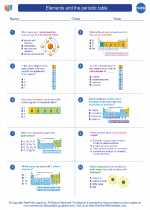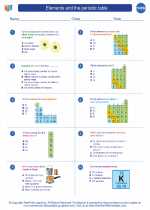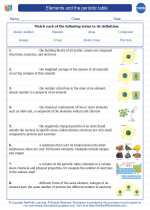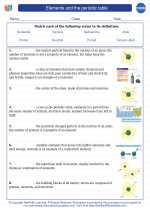Tides: Explanation and Study Guide
Introduction to Tides
Tides are the rise and fall of sea levels caused by the gravitational forces exerted by the Moon and the Sun, and the rotation of the Earth. Tides are a natural phenomenon that occur in oceans, seas, and even in some large lakes.
Causes of Tides
The primary cause of tides is the gravitational attraction between the Earth, the Moon, and the Sun. The gravitational force exerted by the Moon causes the oceans to bulge out towards the Moon, resulting in high tide. At the same time, there is another high tide on the opposite side of the Earth, which is caused by the centrifugal force due to the Earth-Moon system's rotation. The combined effect of these two high tides results in low tide at the points perpendicular to the high tides.
Types of Tides
There are typically two high tides and two low tides each day. This is known as a semidiurnal tide pattern. In some locations, there is only one high tide and one low tide each day, known as a diurnal tide pattern. Additionally, there are mixed tides, where the high tides and low tides have different heights, occurring in some coastal areas.
Factors Affecting Tides
Several factors can affect the tides, including the alignment of the Earth, the Moon, and the Sun, the shape of the coastline, the depth of the water, and the weather conditions.
Effects of Tides
Tides play a crucial role in the marine ecosystem, as they affect the distribution of nutrients and the behavior of marine animals. Additionally, tides have practical implications for activities such as fishing, navigation, and coastal engineering.
Study Guide
.◂Chemistry Worksheets and Study Guides High School. Elements and the periodic table

 Worksheet/Answer key
Worksheet/Answer key
 Worksheet/Answer key
Worksheet/Answer key
 Vocabulary/Answer key
Vocabulary/Answer key
 Vocabulary/Answer key
Vocabulary/Answer key
 Vocabulary/Answer key
Vocabulary/Answer key
